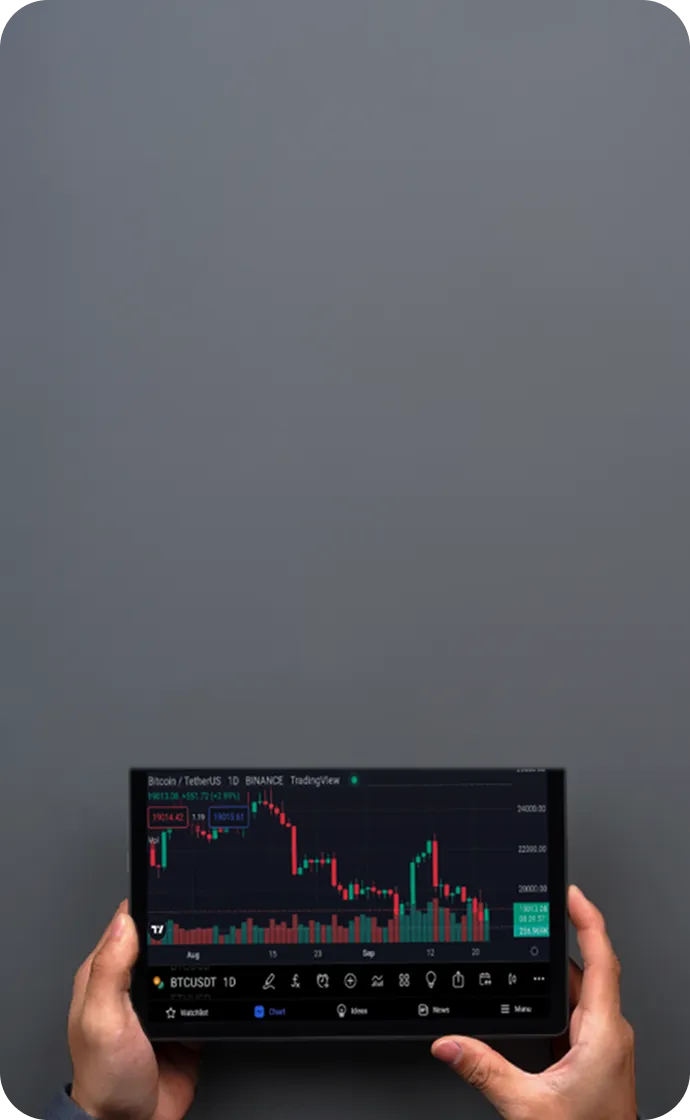

What is Spot Trading and How does it Work?
Spot trading is a trade that takes place “on the spot”—or within a short period—based on the current market price of an asset. This approach is fundamental to various CFD trading strategies, including day trading where positions are opened and closed within the same trading session, and swing trading where traders hold positions for several days to weeks to capitalize on price swings. The term spot trading refers to the immediate purchase or sale of a financial asset—such as when you trade forex currency pairs, trade crypto and cryptocurrency tokens, or even trading precious metals like gold—for instant settlement at the prevailing spot price. Unlike forwards or futures contracts, spot trading completes the order (or its cash equivalent) right away, making it ideal for active traders who want immediate market exposure. For example, if 1 USD currently exchanges for 1.491 AUD, that is the spot price for USD/AUD in the currency market. Whether you're engaged in day trading EUR/USD pairs, or swing trading Bitcoin, spot trading allows you to execute these transactions at current market rates without waiting for future settlement dates.
What is Spot Trading?
As the name suggests, spot trading is a trade that takes place ‘on the spot’, or within a short period. The ‘spot price’ is the current price of an asset and is analysed in real-time.
So, if 1 United States Dollar is worth 1.491 Australian Dollars right now, this is the spot price for USD/AUD in the currency market.
Spot trading is a popular choice among investors, as it allows for the immediate buying and selling of financial assets at their current market price, enabling instant participation in market movements for high-precision trading.
How to do Spot Trading?
Spot trading follows a simple trading mechanism:
Opening & Closing Positions:
A position is opened at a current spot price and closed at a new spot price.
If the underlying spot value has moved in the direction you predicted, you should make a profit.
Supply & Demand Dynamics:
If demand rises faster than supply, the current spot price rises too.
If demand falls while supply is high, the spot price will drop.
Long vs. Short: Spot Trading Decisions
Many markets allow you to go long (buy) or short (sell) on your spot position.
In the forex market, you can open a spot selling position and potentially profit on a downward spot price movement.
Spot Trading with CFDs
Alternatively, traders can also conduct spot trades via contracts for difference (CFDs).
CFD Definition: CFDs are a derivative that allow you to track the value of an asset without having to take ownership or hold the asset.
Leverage & Market Exposure: Spot trading with CFDs allows you to take advantage of real-time pricing and employ leverage to gain greater exposure to the market.
No Physical Delivery Needed: Unlike traditional spot trades and any type of investing, CFD positions do not actually involve ownership of the underlying asset—making them extremely flexible and cost-efficient for most trading strategies, especially short-term trading strategies.
Spot Trading in Different Markets
As long as the asset has a current value that can be measured over time, any commodity or asset can be spot traded. There are several markets traders can spot trade in, such as:
Spot Trading Crypto & Forex: Two of the most popular markets that traders use for spot trading, thanks to high liquidity and 24/7 access.
Stock & Share Indices: Stocks and Indices quote current spot values that shift over time based on their component stocks.
Commodities Markets: Oil, precious metals, and agricultural products—spot gold trading is a popular choice.
What is Spot Trading in Crypto?
How does a trader practice spot trading crypto? Also, how do you make money spot trading crypto?
Spot trading crypto CFD works like any other spot trades. Sellers make an offer and request a sell price to the buyer. The buyer then places a spot order for the CFD crypto token with a specific bid or purchase price.
In the case of CFDs, you buy a CFD crypto asset, speculating on its price, and then wait and see how the underlying spot trade value moves over time.
The only significant difference between spot trading crypto CFDs and other CFDs is the volatility of the crypto’s spot trading market, which can lead to excellent profits. Many traders find this volatility exciting, and it can lead to opportunities with the right strategy.
Spot Trading in Forex
Currencies are an asset which constantly fluctuate in price, making them an excellent option for those interested in diverse trading avenues.
Real-Time Pricing & Platform Features: In the spot forex trading market, prices are constantly updating, reflecting live supply and demand dynamics. This continuous flow of real-time quotes is crucial for executing spot trades effectively. An advanced spot trading platform is therefore essential, especially for spot trading for beginners, enabling them to access these dynamic prices and make informed decisions quickly.
Core Differences of Spot vs. Derivatives: While forex futures, options, and forwards are fundamentally different to spot trades, they are still closely linked—because all these derivatives rely upon current and future spot forex trading rates.
Forex Spot Market Size & Liquidity: The forex spot market is the world’s largest, with over $7.5 trillion traded daily, ensuring deep liquidity and tight spreads.
Key Takeaways
Seize Instant Opportunities: Spot trading empowers you to act immediately on live market prices, enabling high-precision spot trades as supply and demand shift.
Dynamic Spot Trading Strategies: Engage in flexible trading spot approaches, from rapid entries and exits to adapting to evolving market trends, all based on real-time spot trading meaning.
Leveraged CFD Advantages: Utilize CFDs to gain amplified exposure to the underlying spot trading crypto and other spot forex trading markets without direct asset ownership, offering a flexible and cost-efficient way to trade.
Accessing Global Markets: Explore a vast universe of assets available for spot trading, including highly liquid Forex, volatile Cryptocurrencies, Stocks, Indices, and Commodities.
Capitalizing on Volatility: Leverage the exciting price fluctuations, particularly in spot trading crypto and forex CFDs, where market volatility can unlock significant trading opportunities.
Next Steps with TMGM: Your Spot Trading Platform
Spot trading offers direct market access with low spreads and broad market exposure. When you’re ready to dive in—whether it’s forex, precious metals, or spot trading cryptocurrencies—TMGM provides:
Lightning-Fast Execution: Perform spot trading with minimal slippage.
Tight Spreads: Keep spot trading costs low across all major markets.
Advanced Platforms: Trade on MT4, MT5, or TMGM’s proprietary platforms.
Local Support: 24/5 expert assistance to guide your spot-trading journey.
Experience spot trading on your terms—open an account with TMGM today and seize opportunities as they happen in real time.
Trade Smarter Today






Account
Account
Instantly






